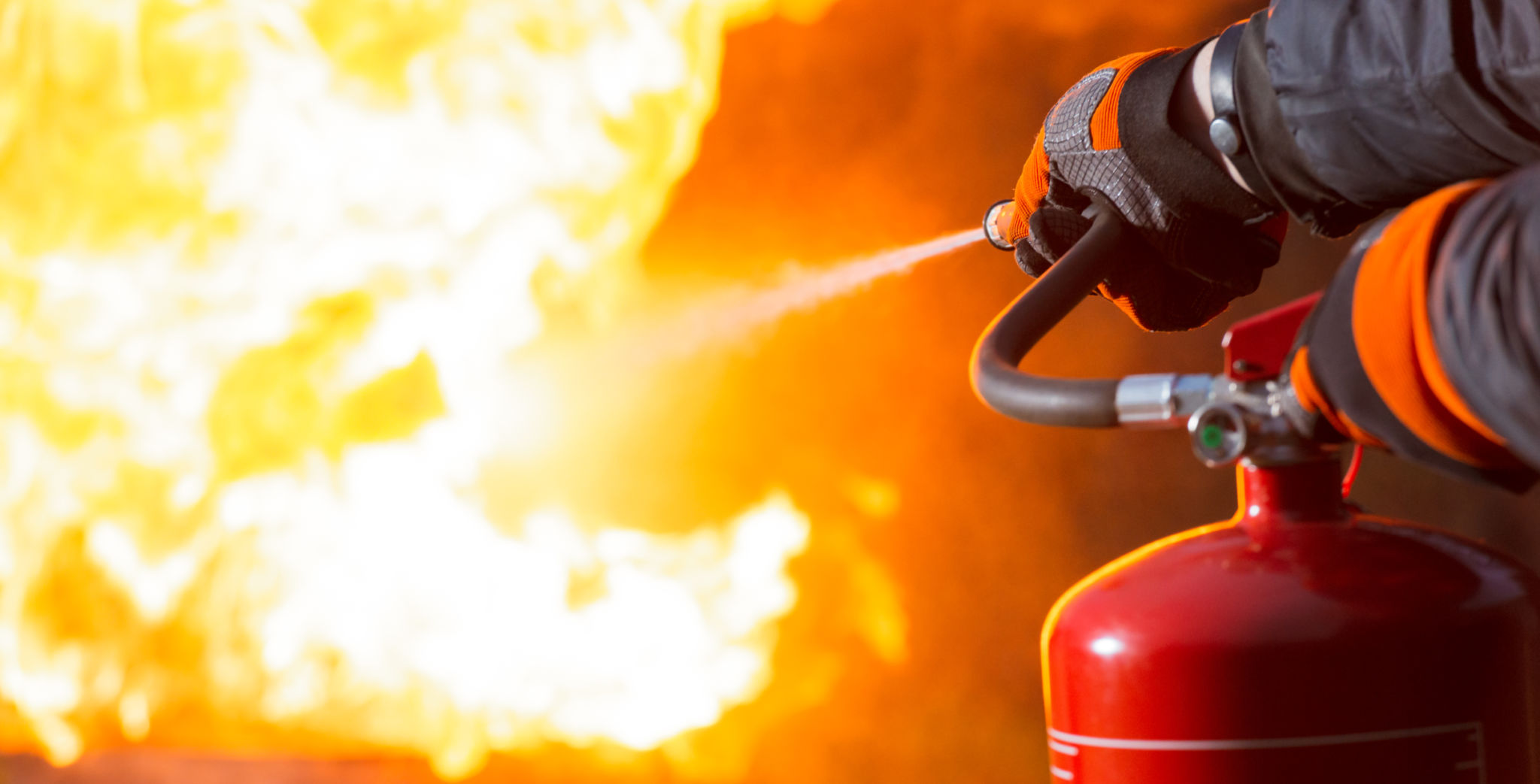DIY Pyrotechnics: What You Need to Know Before You Start
Understanding the Basics of DIY Pyrotechnics
DIY pyrotechnics can be an exciting and rewarding hobby, but it's crucial to understand the basics before diving in. Pyrotechnics involves the use of chemical reactions to produce heat, light, gas, smoke, or sound. While fireworks might be the most common example, pyrotechnics also includes special effects used in movies and stage productions. Before you start, it's essential to have a solid grasp of chemistry and a respect for safety protocols.
Essential Equipment and Materials
Getting started with DIY pyrotechnics requires specific equipment and materials. Common items include oxidizers like potassium nitrate, fuel sources such as sulfur or charcoal, and binders like dextrin. Additionally, you will need tools for mixing and shaping your creations, such as mortar and pestle, molds, and measuring instruments. Having the right protective gear, including goggles, gloves, and a fire extinguisher, is vital for ensuring safety.

Safety First: Precautions to Take
Safety should always be your top priority when engaging in any pyrotechnic activity. Working with flammable materials can be dangerous if not handled correctly. Always work in a well-ventilated area away from flammable substances. Keep a bucket of sand or a fire extinguisher nearby at all times. Make sure to wear protective clothing, including goggles and gloves, to protect yourself from accidental burns or exposure to harmful chemicals.
In addition to personal safety measures, it's important to have a clear understanding of local laws and regulations regarding pyrotechnics. Some areas may have restrictions or require permits for certain types of activities. Research your local rules to avoid any legal issues.

Learning Techniques and Methods
There are various techniques you can learn to create different effects with pyrotechnics. One popular method is creating simple sparkler compositions using metal powders and oxidizers. Another technique involves making colored flames by adding metal salts, like copper chloride for blue or strontium carbonate for red. Experimenting with different compositions can lead to unique and exciting results.
Building Your Pyrotechnic Skills
As you gain more experience, you may want to try more complex pyrotechnic projects. This could include creating small firework displays or designing special effects for events. Joining online forums or local clubs can provide valuable resources and support from fellow enthusiasts. Many experienced pyrotechnicians are willing to share advice and tips to help beginners improve their skills.

Respecting Environmental Impact
It's important to consider the environmental impact of your pyrotechnic activities. Many pyrotechnic materials can be harmful if not disposed of properly. Make sure to clean up any residue or debris after your experiments to minimize environmental damage. Consider using eco-friendly options where possible, such as biodegradable binders or alternative fuel sources.
By being mindful of these factors, you can enjoy the exciting world of DIY pyrotechnics responsibly and safely. With careful planning, respect for safety protocols, and a willingness to learn, you can create stunning effects while minimizing risks to yourself and the environment.
